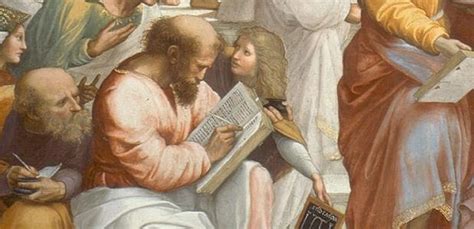A Gymnasium of Beliefs in Higher Intelligence, Anthony Blake, DuVersity, Charles Town, 2010
This is rather a unique book. I shall need to ponder it further, but I wish at this stage to share some of the material on pp.249-251, as it relates to the “Help for the Deceased Exercise,” among other matters.
Blake is speaking about “finding ourselves.” Major parts of that process, he states, are played by coming to a deeper understanding of our ancestors, and by placing ourselves within a spiritual tradition (so to speak). I think that he is averting here, to the nature of tradition, and how that nature has more than one aspect. This struck me at once, partly because some years ago, I began to approach this idea in a review for Parabola of Dr Keith Buzzell’s The Third Striving: see the end of this review. However, here Anthony Blake states: “A tradition in its deepest sense is a kind of intelligence with a greatly extended time-body. In the Catholic Church, for example, it is said that the Mass is not celebrated by the particular priest but by the Church herself.” (249)
This then leads to the formulation that: “A ‘master of wisdom’ is someone whose mind is coalesced with the tradition.” (259) Now, the word “coalesce” can be taken in its ordinary sense of joining into a single whole. But, the word actually derives from the Latin co-alēscō, meaning literally “I grow up together with …” Bennett uses the word with more of this strong ancient meaning when he indicated that intelligence is a coalescence of creativity and consciousness (see pp.28-31 for this and related ideas, and the index under “coalescence”). As Blake correctly sees, the distinctive dimension of coalescence is that I become as one with something or someone else, without losing “distinctive character” (e.g. in marriage). (249)
This is a deep thought, and Blake develops it a little further, e.g. with his insight that this was an early point of dispute in the Church for “it was almost impossible to understand how Christ could be said to be both human and divine at one and the same time.” (250) I hope to return to this aspect one day, if only because the sort of theology which arose around this controversy displaced the more ancient, flexible, and non-doctrinaire Semitic theology of typology.
But of even more significance is the realisation that this sheds a light on the teaching of “ancestral wisdom … that we can be in communication with the dead … (And this) suggests, psychologically at least, that we can each have a shadow self residing in the past.” (250) This implies that we are intricately bound up with our ancestors, thus: “We can access ancestral wisdom because it is a part of us, even though we will mediate this through rituals, prayers, and visits to sacred sites.” (250)
Blake then refers to visiting the tombs of spiritual people, and the Sufi notion of baraka. But what struck me, most forcibly was this passage:
The special status of the tomb is due to the fact that the ‘personality’ of the dead person does not intervene. When we encounter someone alive, we are bound to react to his or her personality. This can be a barrier whether we adulate the person or despise him. …. (But) to receive help we must allow something to work in us that is not mediated by what we might prefer to believe in.
The dead belong to a world that is … unconditioned relative to the world of the living. This is taken to mean that the essence of experience is associated with them. The action of dying sets free a qualitative energy, which Gurdjieff said was essential for preservation of the living world. However, in terms of ancestral wisdom we can access these energies for our personal welfare. This kind of wisdom has a material base and constitutes a ‘reservoir of intelligent energy’, remaining associated with the place where it was first concentrated. (250)
I see here shades of the “Four Ideals,” and of Ferapontoff’s recollections of what Gurdjieff and Ouspensky said about the traces left in the biological world by strong emotions.
One aspect of the “Help for the Deceased Exercise” is that we must keep our feet on the ground while working with it, and become more aware of and more consciously engaged with our lives on this worldly level (i.e. be better fathers, brothers, sons, colleagues, friends, and so on as the case may be) while we make contact of some ineffable kind with that other world. If we can manage that, then another aspect appears: in sending help we also receive it. That is, we coalesce, we both grow together. This reminds me of something Mr Adie said to me once when a very close member of the family died: “He is still connected with you. But what is he connected with? To an evolving part of the universe?” As we evolve, our deceased evolve; and perhaps this makes possible a vice versa.
I will return to this book, I almost said “astonishing book.” But I will leave Blake the last word: “A people without ‘history’ becomes crazy and superficial.” (251)
Appendix: In my Parabola review, I wrote:
The nature of wisdom is necessarily esoteric, because it subsists on a level which both transcends and is internal to, anything we can directly observe. Like any organic being, a given tradition knows conception, development, and demise (from the French desmettre, literally a “sending away,” a “putting away”). Neither the birth, life, nor death of wisdom traditions are like those of humanity, yet they are analogous. Wisdom lends strength and purpose to its human members, and yet the tradition cannot fulfill its purpose on this plane unless sufficient members remain whole and hale. I repeat, a wisdom tradition is a presence, and to the extent we sleep to this reality, we have not entered the current.
https://parabola.org/2014/11/11/book-review-the-third-striving/
